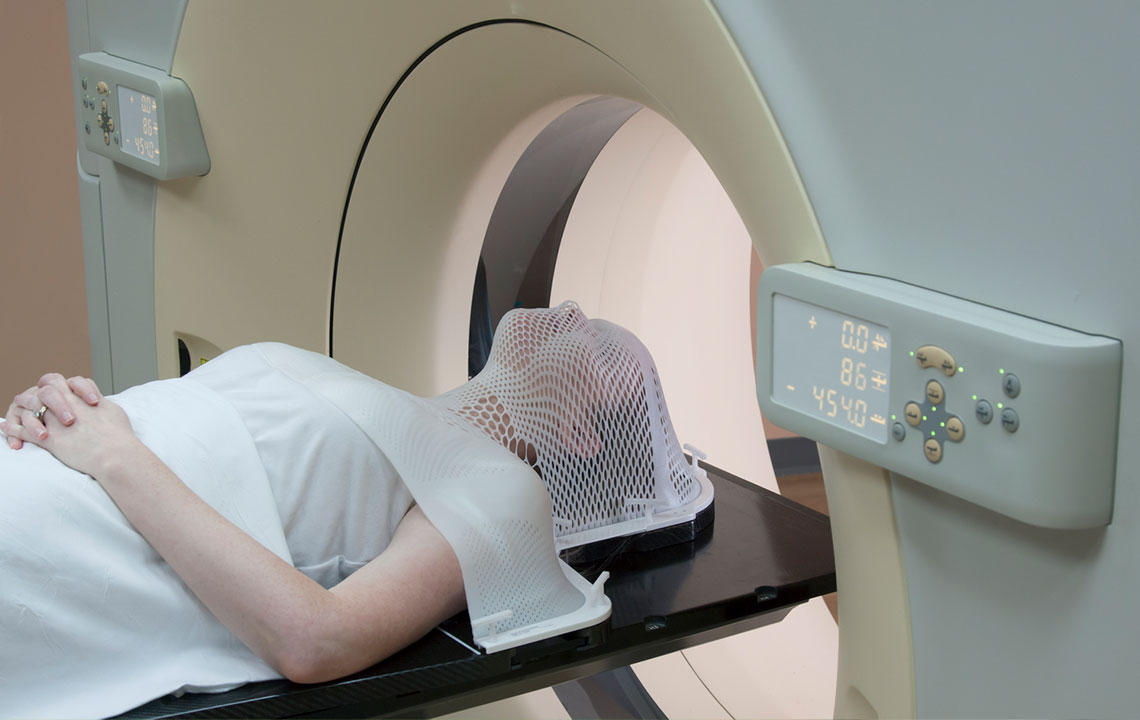Enhancing Medical Diagnostics for Greater Precision
This article explores advancements in medical diagnostics aimed at improving accuracy and patient outcomes. It covers traditional methods, the role of differential diagnosis, common errors, and modern AI-driven solutions like machine learning, chatbots, and imaging tools to enhance diagnostic precision across healthcare fields.
Sponsored

Advancing Medical Diagnostic Techniques for Better Accuracy
Medical diagnosis involves procedures used by healthcare professionals to identify and differentiate diseases or conditions. Accurate diagnostics enable doctors to select effective treatments aimed at curing the root cause of illnesses rather than just managing symptoms.
Traditional diagnostics rely on automated systems, biological testing reagents, and advanced software to analyze samples for bacteria, viruses, hormones, or disease markers. These tools help interpret complex biological data efficiently.
Medical diagnostics involve tests on blood or tissue samples to detect infections, diseases, or other health conditions. These in vitro tests guide healthcare providers in identifying the causative agents and determining the most appropriate treatments.
Importance of Medical Diagnostics
Enhancing Patient Outcomes: Early and accurate diagnosis can prevent complications and enable timely interventions.
Protecting Consumer Safety: Industries like food, pharma, and cosmetics depend on precise diagnostics to ensure product safety.
Cost-efficient Treatments: Accurate diagnoses help physicians choose effective therapies, saving time and resources.
Diagnosis typically involves initial symptom assessment, followed by targeted testing to identify underlying causes. While straightforward cases are diagnosed quickly, complex conditions require extensive testing, increasing the risk of misdiagnosis. Recognizing diagnostic errors and system errors is crucial for improving accuracy.
Medical diagnostics follow three core steps: initial assessment, testing and interpretation, and follow-up care. Often, differential diagnosis is used to refine results when initial tests are inconclusive, combining patient history, clinical examination, and risk factors.
The Role of Differential Diagnosis
When standard tests fall short, doctors resort to differential diagnosis, integrating all patient data to pinpoint the disease. This process is vital but susceptible to errors stemming from initial missteps.
Factors Contributing to Diagnostic Errors
Inadequate use of health IT systems
Communication gaps among healthcare providers, patients, and families
Systemic issues within healthcare settings hindering effective diagnosis
To improve diagnostic accuracy, collaborations between medical science and AI have led to machine learning innovations.
AI and Machine Learning in Diagnostics
AI Chatbots: Using speech recognition, these bots analyze symptoms to assist diagnosis and disease prevention.
Pathology: Machine assistance enhances lab-based disease detection from bodily fluids.
Oncology: Deep learning algorithms recognize cancerous tissues akin to expert pathologists.
Rare Diseases: Facial recognition software powered by AI detects phenotypes, aiding diagnosis of rare conditions.






